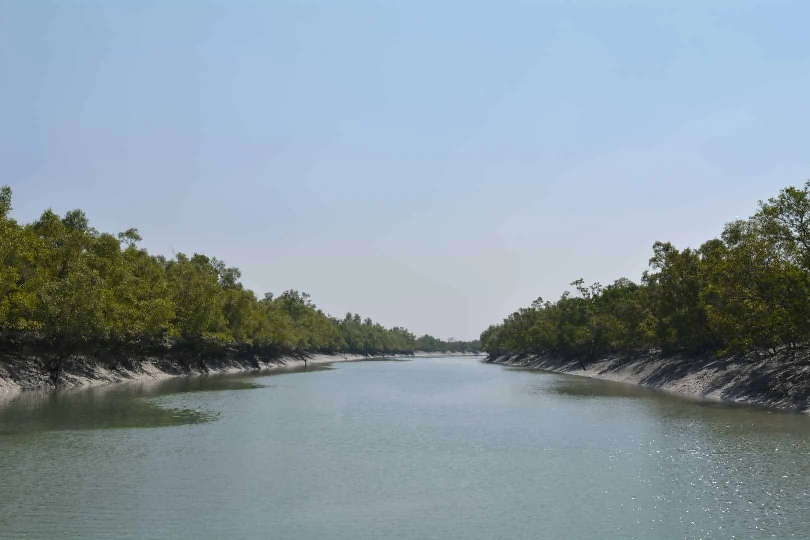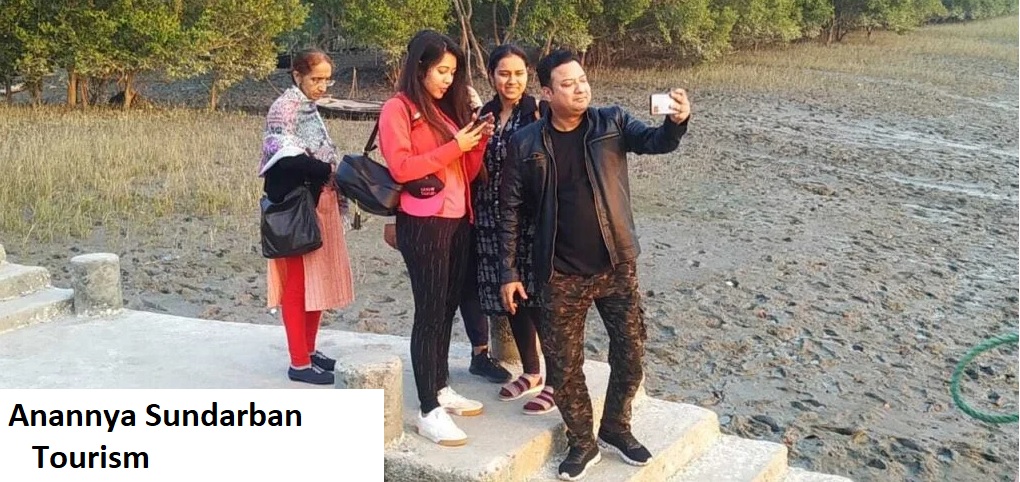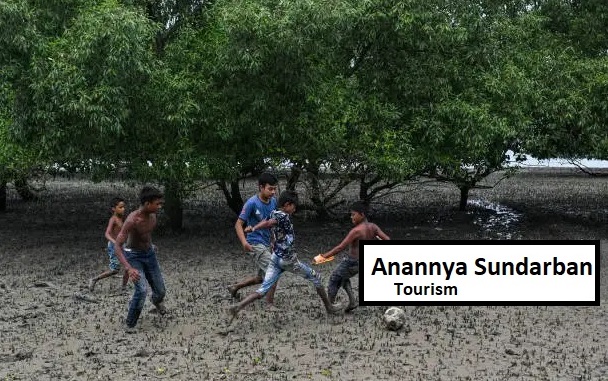Table of Contents
Canning to Sundarban: Your Complete Guide to the Gateway of the Mangroves
The name 'Sundarbans' conjures images of mysterious mangrove forests, winding rivers, and the majestic Royal Bengal Tiger. But every journey into this UNESCO World Heritage Site has a starting point, and for most travelers embarking on the Indian side, that point is the bustling town of Canning (also known as Canning Town).
More than just a dot on the map, Canning is the vital logistical hinge upon which your Sundarban adventure swings. This comprehensive guide will walk you through everything you need to know about Canning – how to get there, what to expect, and how to seamlessly make your way from this gateway town to the edge of the mangroves at Godkhali Jetty.
Why is Canning So Important?
Canning is the last major town and the final railway station on the Sealdah-Canning line of the Eastern Railway. It acts as the primary transit hub for all road and rail traffic heading towards the Sundarbans. From here, all routes lead to Godkhali Jetty (or Godkhali Port), which is the launching point for almost all tourist boats into the mangrove forest. Without passing through Canning, accessing the Indian Sundarbans is nearly impossible for most travelers.
How to Reach Canning from Kolkata
1. By Train (Most Popular and Efficient)
-
Route: The most straightforward way is to take a local train from Sealdah Station (one of Kolkata's main railway hubs) to Canning Station.
-
Duration: The journey takes approximately 1 hour and 30 minutes to 2 hours, depending on the type of train (Local, MEMU, or Express).
-
Frequency: Trains are frequent, running from early morning until late evening. It's advisable to check the latest schedule on the Eastern Railway website or apps like NTES.
-
Experience: This is a classic Bengal commute. You'll see the urban landscape of Kolkata gradually give way to the lush green vistas of the suburbs and rural South 24 Parganas.
2. By Road
-
Route: You can also hire a private taxi or take a bus from Kolkata to Canning. The route is via the Basanthi Highway (State Highway 3).
-
Duration: The road journey can take between 2 to 3 hours, heavily dependent on Kolkata's infamous traffic, especially while exiting the city.
-
Options:
-
Bus: SBSTC (South Bengal State Transport Corporation) buses and private buses run from various points in Kolkata, including Esplanade and Babughat.
-
Taxi: You can book a cab for a more comfortable, door-to-door service. This is more expensive but convenient if you have heavy luggage.
-
Arriving at Canning: What to Expect
Canning Station and the surrounding area is a vibrant, chaotic, and energetic microcosm of Bengal.
-
The Station: It's a busy terminal station. You'll be greeted by the clamor of arriving and departing passengers, hawkers selling snacks and water, and a fleet of auto-rickshaws and totos (e-rickshaws).
-
The Town: The town itself is a typical district hub with markets, small eateries, and shops selling essentials. For most tourists, it's a place to transition quickly to road transport rather than to linger.
-
Facilities: You will find basic facilities like STD/ISD booths, small pharmacies, and snack shops. For ATMs or more extensive shopping, it's better to rely on Kolkata.
The Final Leg: Canning to Godkhali Jetty
This is the most critical part of your journey. Godkhali is the jetty where your pre-booked tour boat will be waiting, or where you can arrange for a boat.
-
Distance: Approximately 8 - 10 kilometers.
-
Duration: 30 to 45 minutes, depending on traffic on the narrow village roads.
Transport Options from Canning to Godkhali:
-
Auto-rickshaw (Most Common):
-
This is the standard mode of transport. Shared autos leave from the stand right outside Canning Station.
-
Cost: ₹ 50 - ₹ 80 per person for a shared ride. For a reserved auto, you might pay ₹ 250 - ₹ 400 for the entire vehicle.
-
Experience: A bumpy and exhilarating ride through rural Bengal, past paddy fields, ponds, and markets.
-
-
Toto (E-Rickshaw):
-
A cheaper and slower alternative to autos, also available outside the station.
-
Cost: ₹ 30 - ₹ 50 per person.
-
-
Private Taxi:
-
If you booked a full tour package from Kolkata, your tour operator will likely arrange a private car to pick you up from Canning Station and drop you directly at Godkhali Jetty. This is the most hassle-free option.
-
What to Do at Godkhali Jetty?
Godkhali is not a town but a bustling jetty area.
-
Meeting Point: This is where you will meet your tour guide and boat crew.
-
Last-Minute Supplies: Small stalls sell packaged water, snacks, biscuits, and hats. It's your last chance to buy these items before entering the remote areas.
-
The View: From the jetty, you get your first proper glimpse of the vast water networks and the distant silhouette of the mangrove forests. The excitement truly begins here.
Important Tips for the Journey
-
Start Early: Leave Kolkata as early as possible (take a 6:00 or 7:00 AM train) to maximize your first day on the boat in the Sundarbans.
-
Cash is King: Canning and Godkhali operate almost entirely on cash. Withdraw enough money in Kolkata. While there are ATMs in Canning, they are not always reliable.
-
Travel Light: You will be getting on and off trains and autos. A backpack or a small, sturdy suitcase is ideal.
-
Pack Snacks and Water: Carry a water bottle and some light snacks for the train and auto journey.
-
Confirm Your Pickup: If you have a tour package, double-confirm with your operator where and who will meet you at Canning Station or Godkhali.
-
Bargain Politely: Always agree on the auto-rickshaw fare before you get in to avoid any confusion later.
Beyond Transit: The History of Canning
For the curious traveler, Canning holds a sliver of history. It was named after Lord Canning, who was the Governor-General of India during the 1857 Rebellion. It was developed as a port to rival Calcutta (Kolkata), but the plan never fully materialized, leaving it as a historical footnote and the crucial gateway it is today.
Conclusion
The journey from Canning to Sundarban is more than just a transfer; it's a transition. It is the shedding of the urban skin and the gradual immersion into the rhythms of rural Bengal that surround the great mangrove forest. While Canning might seem like a chaotic blur at first, understanding its role transforms it from a mere transit point into the authentic, starting chapter of your great Sundarban adventure. Embrace the chaos, enjoy the train ride, and get ready—the wild is calling.







.gif)
.gif)

No comments yet
Be the first to share your thoughts!